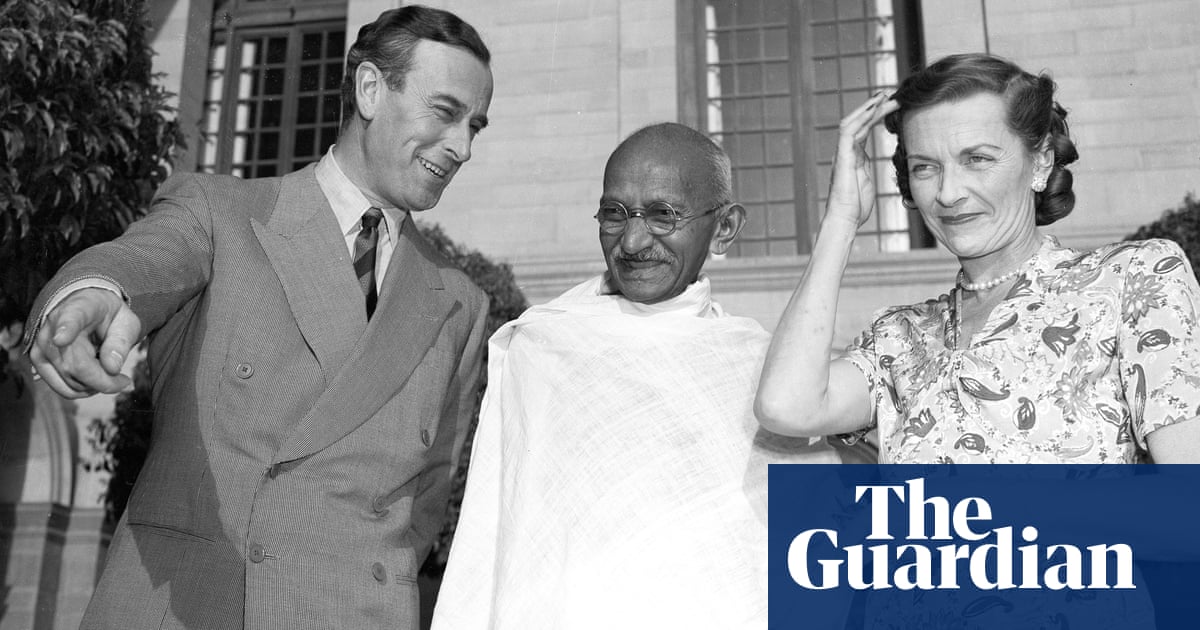
Boris Johnson famously dislikes disappointing the people around him.
The result is this weekend’s barrage of confused messaging over whether the lockdown is ending, as he tries to please both sides in the battle raging within the Tory party about how to respond to the coronavirus crisis.
On the one hand, the rightwing hawks in his cabinet have been pushing him towards a swift return to business as usual to save the economy, setting out a roadmap to lifting the lockdown sooner rather than later. On the other, the more centrist doves, including the health secretary, Matt Hancock, have been pulling him in another direction, urging caution for fear of a second peak and more lost lives.
The received wisdom is that Johnson is now on the side of the doves following his brush with death during a four-day spell in intensive care suffering from Covid-19.
The start of his address on Sunday was cautious: he insisted that there was “no immediate end to the lockdown” and would allow only a gradual shift to unlimited exercise within household groups from Wednesday.
However, his overall shift in tone, ditching the “stay at home” message in favour of a “stay alert” slogan, told a different story. That new message appears designed to appease some of his critics within the Conservatives – mostly on the Brexit-backing libertarian right of the party, who want to see more emphasis on people being trusted to take their own decisions about risk.
The decision to set out an ambition to reopen schools and some shops in June and some hospitality venues in July – without the epidemic in care homes and hospitals yet under control – also shows he has also been swayed by the hawks in his cabinet.
And a renewed emphasis on asking people to get back to work, even if they cannot observe social distancing, is another move that will please Tory MPs worried about the furlough scheme – while alarming trade unions concerned about the safety of their workforces.
It is clear from the scathing reaction of Nicola Sturgeon, the first minister of Scotland, that there are serious worries in the devolved administrations about the risk of lifting the lockdown too soon and the chaotic messaging that is accompanying it.
Supporters of Johnson argue that he is trying to strike a careful balance between setting out a roadmap for reopening the economy and making no promises about exactly when schools, shops, cafes and restaurants would reopen.
He insisted that the government would ultimately be “driven not by mere hope or economic necessity, [but] … [by] the science, the data and public health”.
However, sooner or later Johnson is going to have to pick a side in the argument over whether the threat of a crashing economy requires taking some risks with public health – unless the epidemic starts to clear more quickly than scientists anticipate.
And in the meantime, the public has been left with some of the biggest questions unanswered – especially about when they will be able to freely see their family and friends again.












